The dangers of climate change extend far beyond hotter summers and erratic weather patterns. One of its most pressing and immediate threats is the rise in sea levels, which poses a significant risk to coastal cities around the globe. This phenomenon is largely attributed to two factors: the melting of polar ice caps and the expansion of seawater as it warms. As these ice caps continue to melt and warmer water rises, many cities situated along coastlines face increasingly urgent threats of flooding and erosion.
By 2030, several of these coastal cities could find themselves submerged due to the escalating rise in sea levels. The following is a list of twelve cities that are particularly vulnerable and may face the dire consequences of being underwater, at least partially, within the next decade if current climate change trends continue.
New Orleans, USA
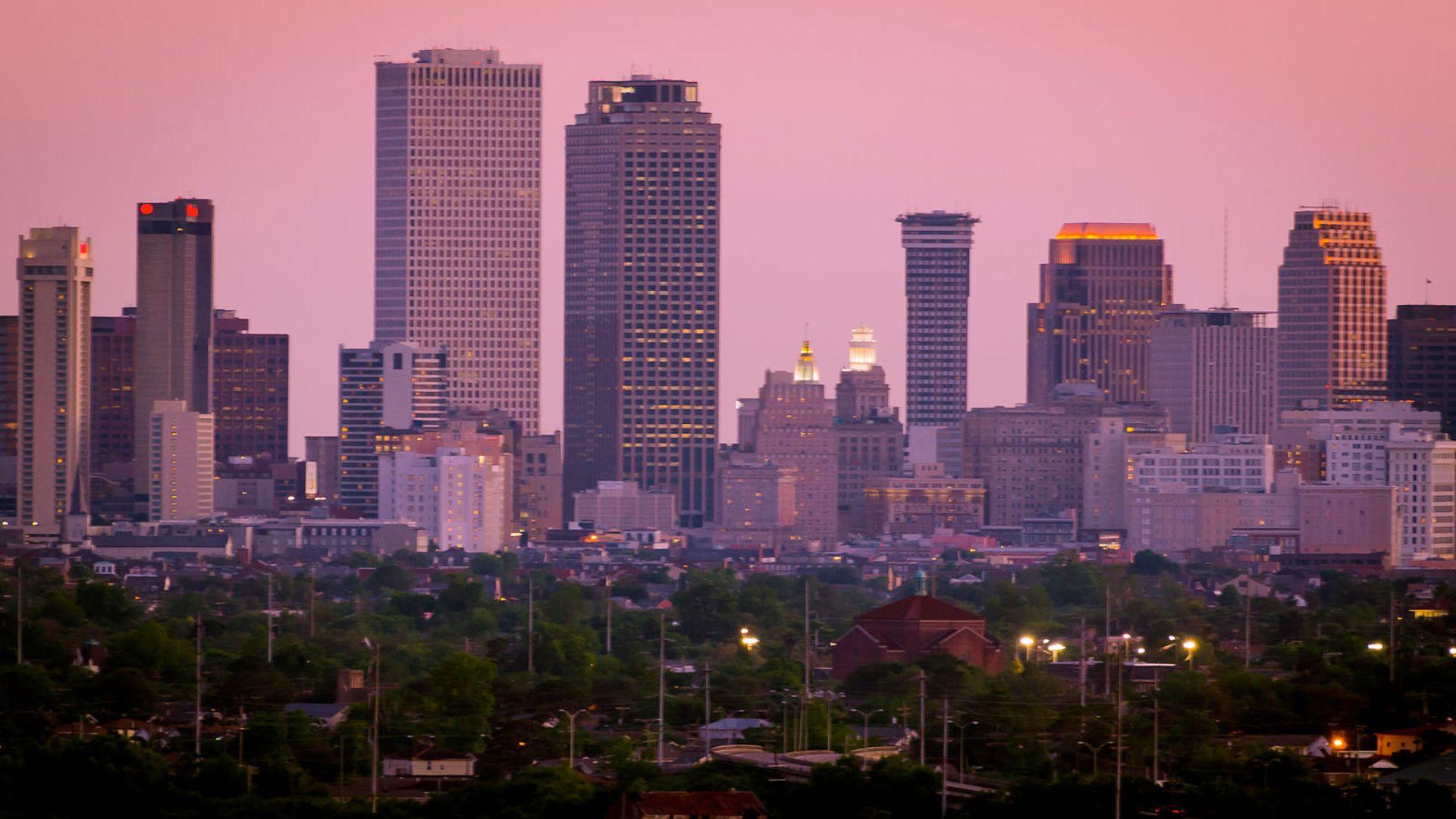
New Orleans has long grappled with flooding issues, but the situation is escalating to a critical level. Parts of the city are situated below sea level, which has historically made it vulnerable to flooding. The ongoing subsidence of the land combined with rising sea levels is intensifying this threat, making the prospect of severe flooding increasingly likely.
By 2030, without significant improvements to flood protection infrastructure, New Orleans could experience catastrophic and widespread flooding. This scenario could lead to the submersion of large portions of the city, severely impacting its residents and infrastructure.
Venice, Italy
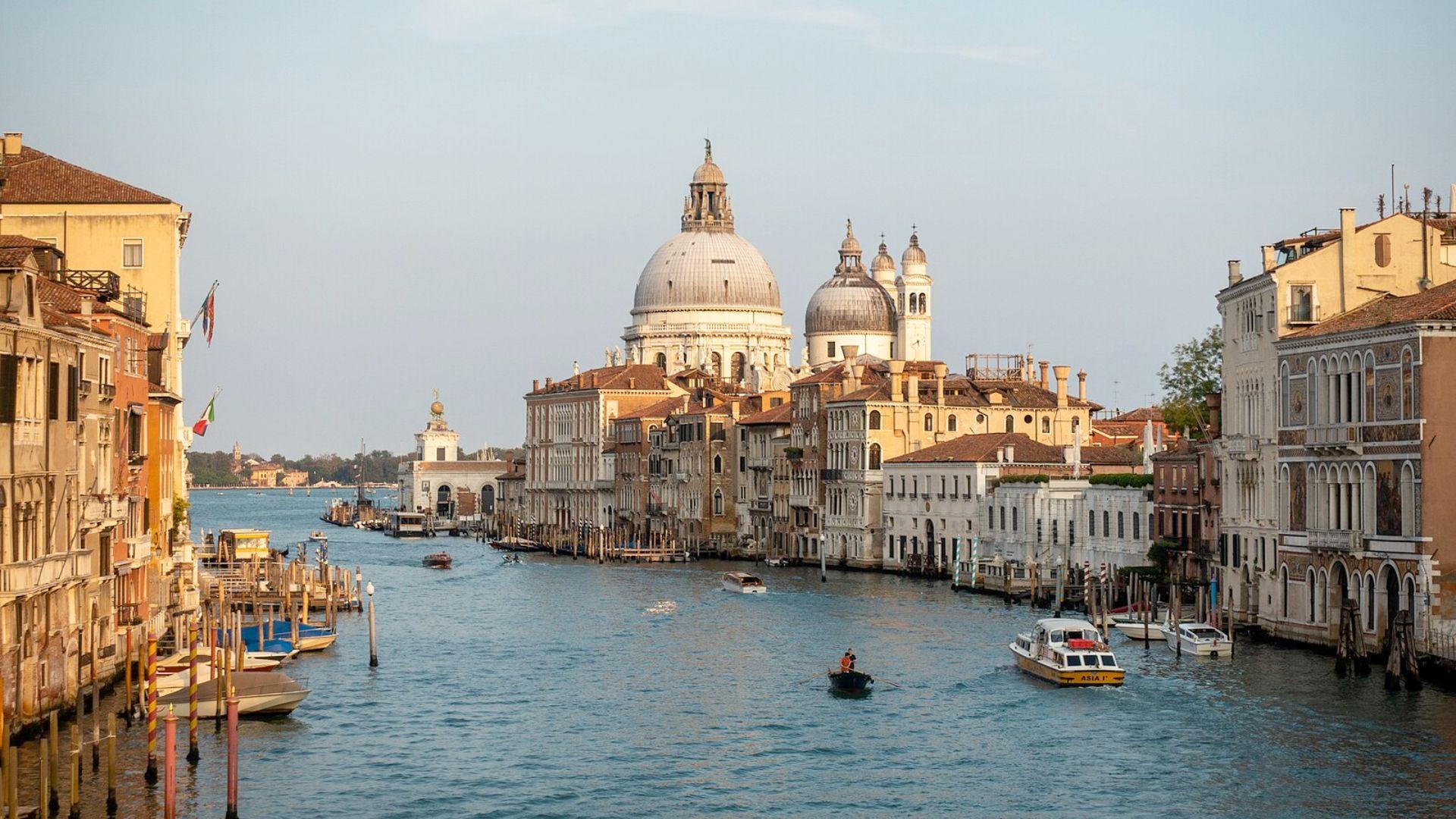
Venice, renowned for its intricate network of canals and beautiful architecture, has been gradually sinking for centuries. However, climate change is now accelerating this problem, increasing the city’s vulnerability to flooding. Frequent high tides and seasonal floods have long been a challenge for Venice, but the rising sea levels associated with global climate change are significantly intensifying these issues.
If sea levels continue to rise at their current pace, there is growing concern among experts that Venice could see substantial portions of the city submerged by 2030. The combination of historical sinking and the impacts of climate change poses a severe threat to Venice’s iconic landscape and infrastructure.
Bangkok, Thailand
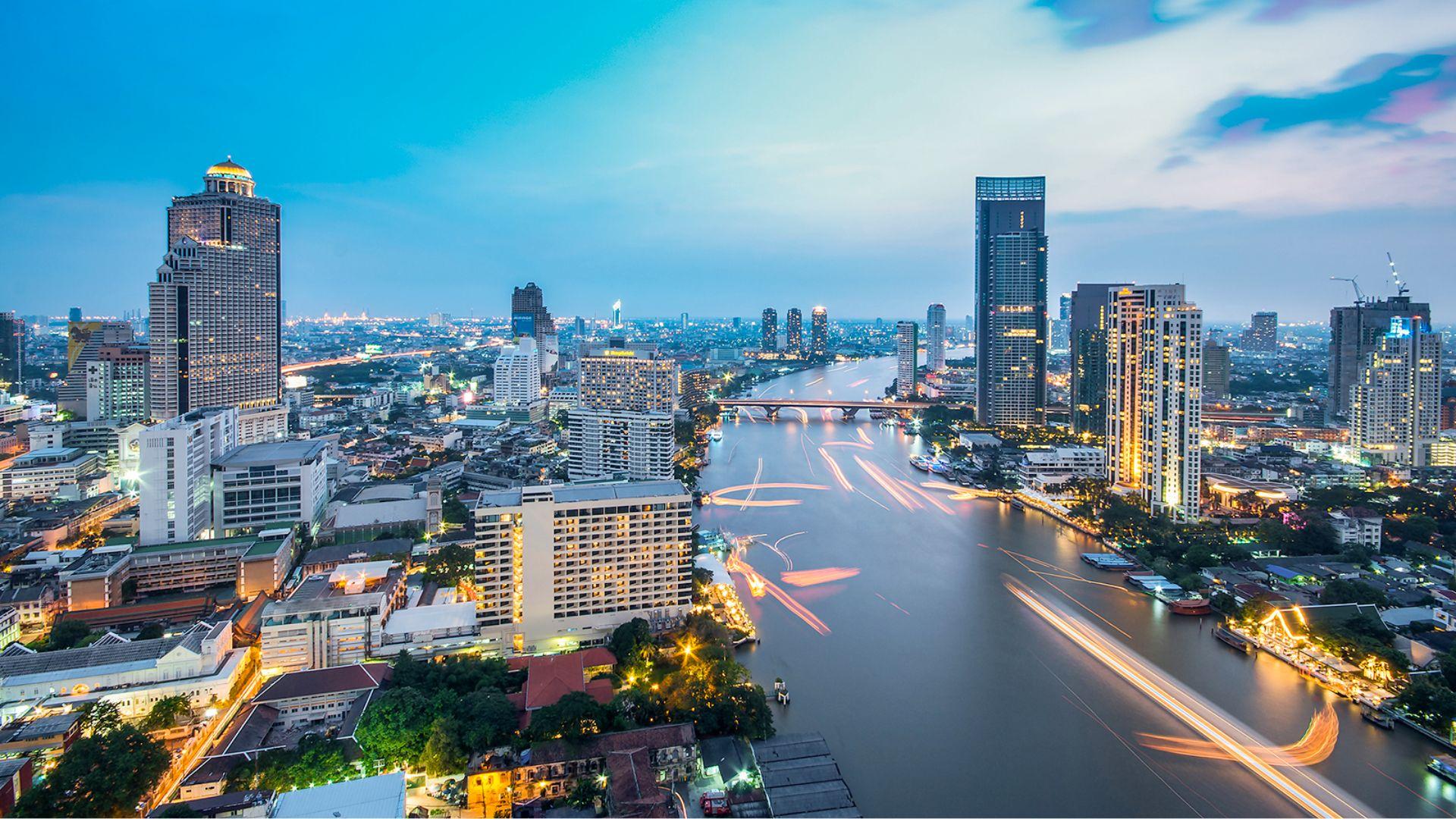
Bangkok is by far the most populated city in Thailand and is experiencing a troubling phenomenon: it is sinking approximately 2 to 3 centimeters each year. The city’s foundation is built on soft clay and therefore, it is particularly susceptible to flooding. This gradual sinking exacerbates the risk of water-related issues, leading to increasing concerns about the city’s long-term viability.
If these trends of flooding and sinking persist, by 2030, significant portions of Bangkok could be at risk of being underwater. Coastal areas and key infrastructure, such as the main airport, are especially vulnerable to being overwhelmed by rising waters. This ongoing issue highlights the urgent need for effective flood management and adaptation strategies to safeguard Bangkok’s future.
Tokyo, Japan

Tokyo, located on Tokyo Bay in Japan, faces significant risks due to its coastal position. The combination of rising sea levels and more frequent storm surges threatens to increase flooding in the city’s low-lying areas. As these environmental pressures mount, Tokyo’s vulnerability to flooding becomes more severe.
If substantial measures are not taken, large portions of Tokyo could experience frequent and severe flooding by 2030. Such a scenario would lead to widespread disruption, impacting both the city’s infrastructure and its many residents’ daily lives.
Georgetown, Guyana
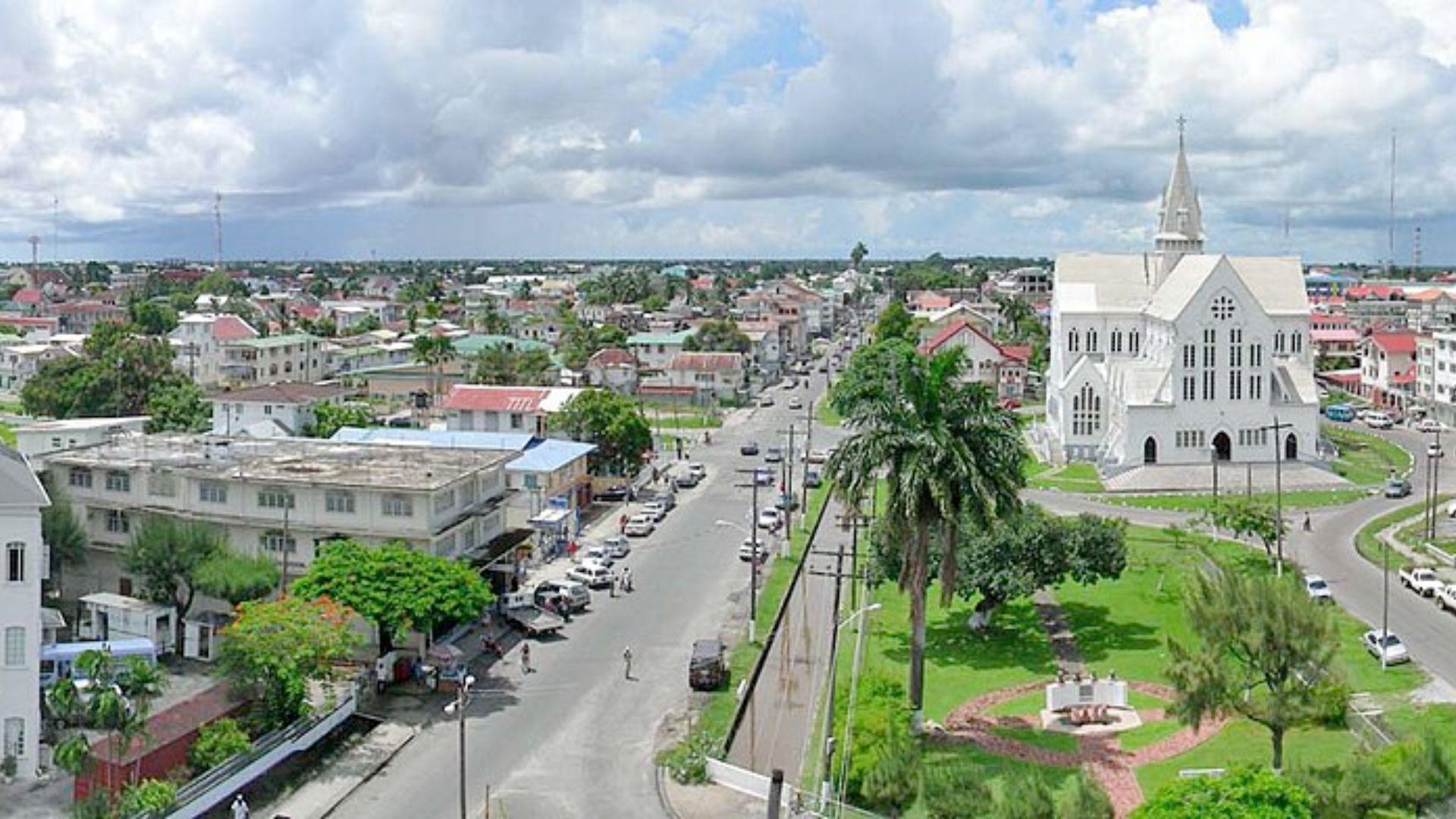
Georgetown, the capital of Guyana, is also confronted with an urgent threat due to rising sea levels. Located below sea level and shielded by a seawall, the city is already on the front lines of this growing challenge. Although they have attempted to take protective measures, the ongoing rise in sea levels poses a significant risk to Georgetown’s future stability.
By 2030, Georgetown could face severe flooding if substantial reinforcements to its flood defenses are not implemented. The rising waters of climate change threaten not only the city’s infrastructure but also the livelihoods of its residents.
Ho Chi Minh City, Vietnam
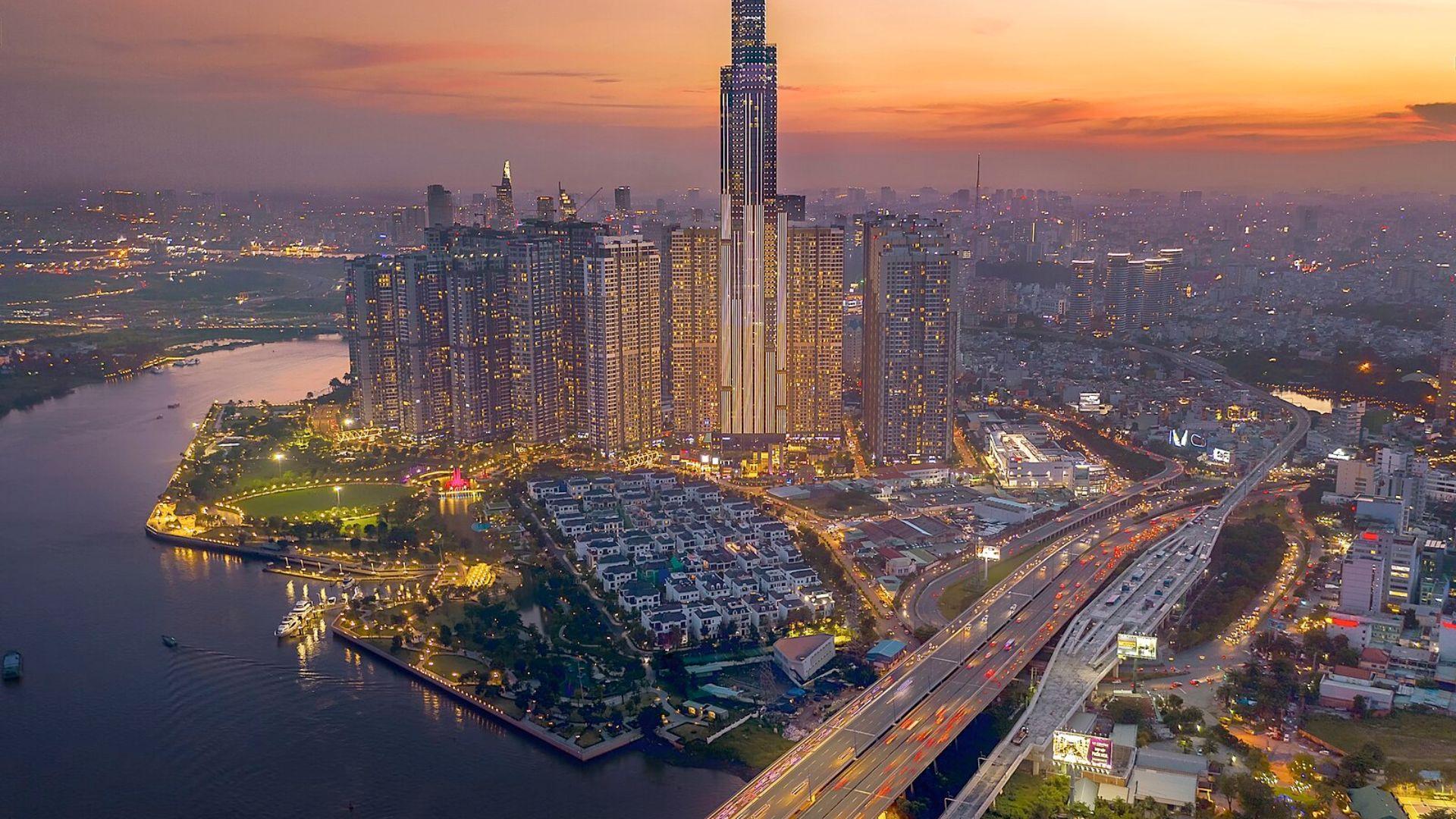
Ho Chi Minh City, located in the Mekong Delta of Vietnam, faces vulnerability due to rising sea levels and frequent storms. This region’s low elevation and geographical location make it especially susceptible to the impacts of climate change, with increasing risks of flooding and storm damage. The city’s eastern districts, in particular, are under significant threat.
By 2030, if current trends persist, these eastern areas could be at risk of becoming totally submerged. Such flooding could result in extensive displacement of residents and cause severe damage to the city’s infrastructure. The potential for these disastrous events highlights the urgent need for the city of Ho Chi Minh to safeguard its population from the adverse effects of rising sea levels.
Amsterdam, Netherlands

Amsterdam, famous for its picturesque canals, faces a persistent threat from rising sea levels. Despite having strong flood defenses in place, the city is increasingly vulnerable due to ongoing land subsidence and the broader impacts of climate change. These factors contribute to an ever-growing uncertainty about the city’s future.
By 2030, if Amsterdam does not undertake substantial upgrades to its flood protection infrastructure, certain areas may experience frequent and severe flooding. The combination of rising waters and the city’s gradual sinking highlights the critical need for enhanced and adaptive flood management strategies to ensure Amsterdam remains resilient in the face of these growing challenges.
Miami, USA
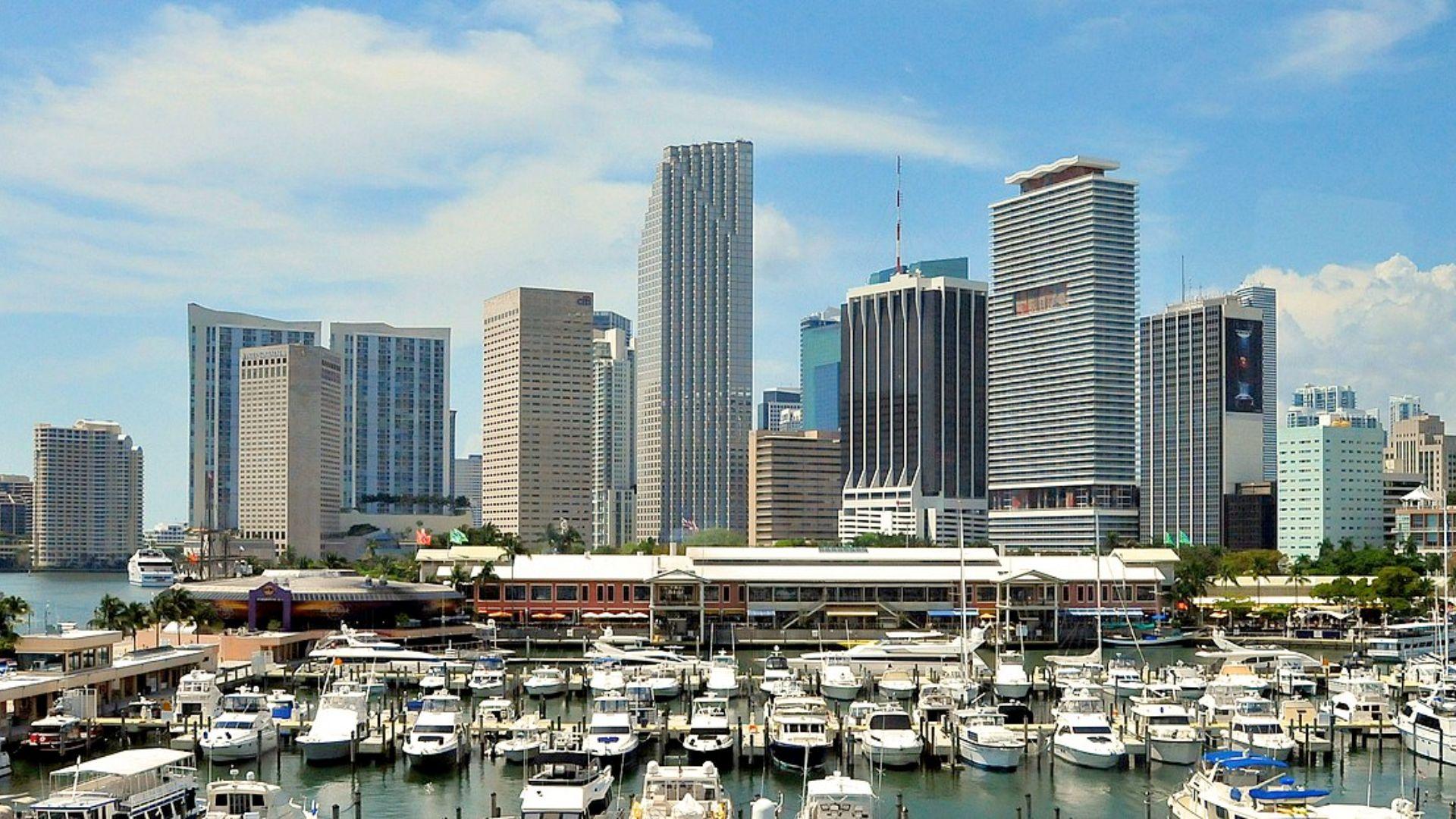
Situated towards the tip of Florida, Miami is one of the most vulnerable cities in the United States. The city is experiencing a rate of sea level rise that surpasses many other regions globally, resulting in increased flooding.
By 2030, Miami could be regularly underwater in certain areas. This would severely affect its beautiful beaches, infrastructure, and even the availability of drinking water. This vibrant Floridian city is under threat due to the growing impacts of climate change.
Kolkata, India
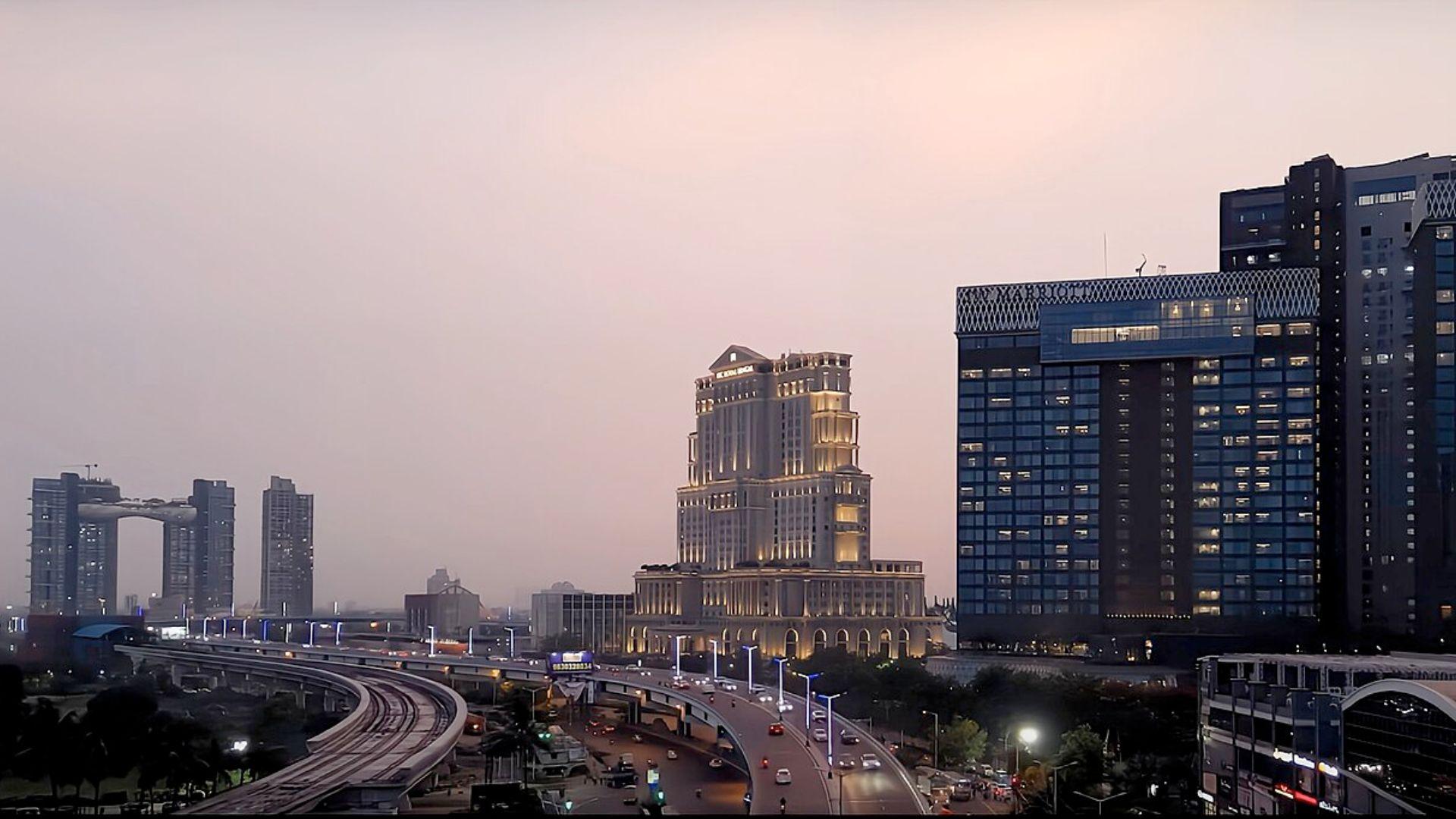
Kolkata is experiencing rapid subsidence, and the dual threats of its sinking land and rising sea levels are creating a troubling scenario. The city’s low-lying regions, particularly those adjacent to the Hooghly River, are increasingly vulnerable to flooding. This accelerating subsidence, coupled with rising waters, puts Kolkata at severe risk.
By 2030, significant portions of Kolkata could face regular submersion if these climate change trends continue unmanaged. The potential flooding could endanger millions of residents and cause extensive damage to the city’s infrastructure. This imminent threat requires the mitigation of the impacts of climate change on this major urban center.
Lagos, Nigeria
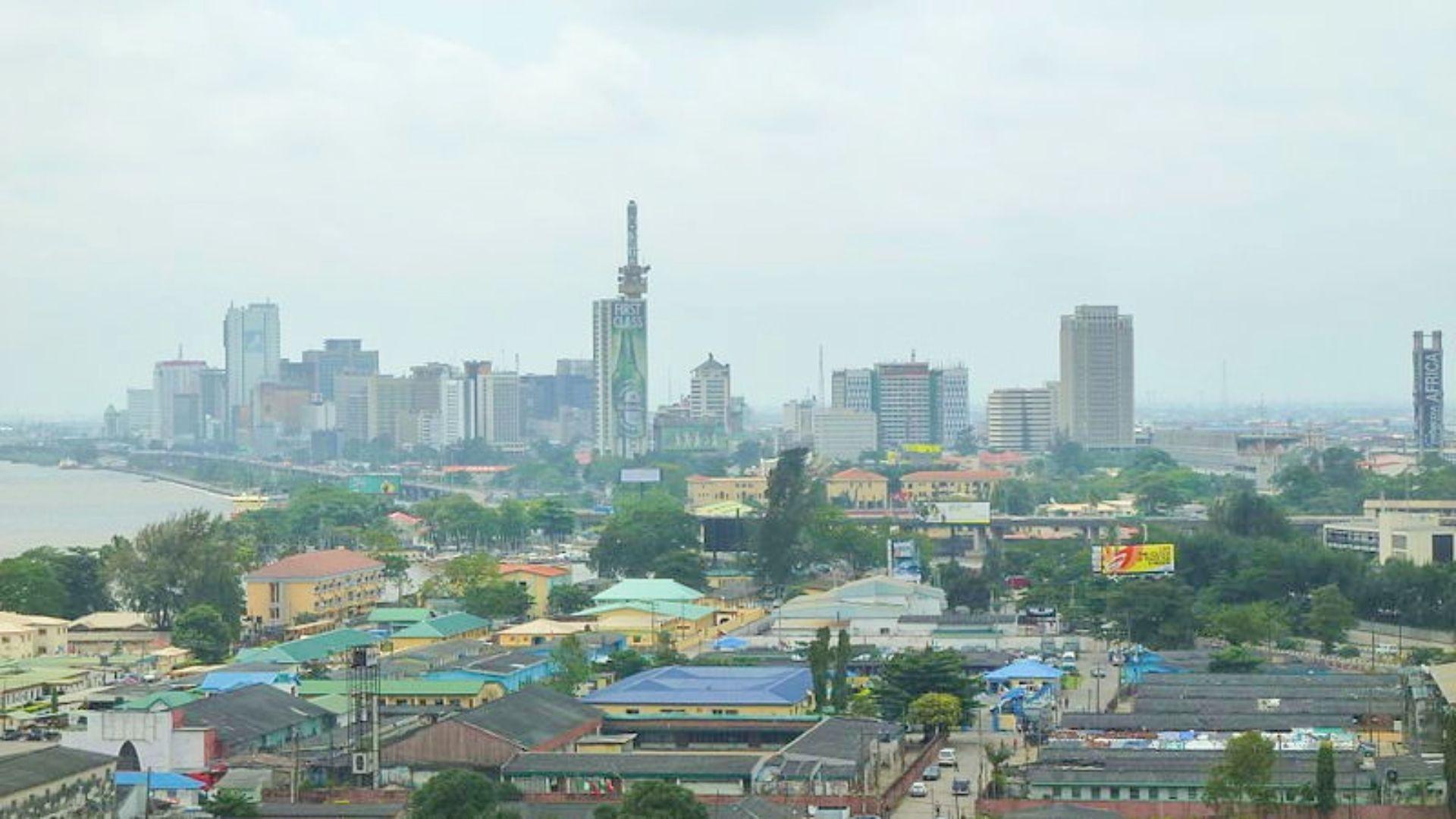
Lagos, one of Africa’s largest cities, faces a significant risk due to its low elevation and coastal location. The city’s proximity to the ocean makes it particularly susceptible to the impacts of rising sea levels, which threaten to intensify flooding issues. Coupled with inadequate infrastructure to cope with these challenges, Lagos is increasingly at risk of severe flooding.
By 2030, if current trends continue, significant portions of Lagos could be submerged. The potential for widespread flooding poses a serious threat to the city’s infrastructure and its residents.
Basra, Iraq
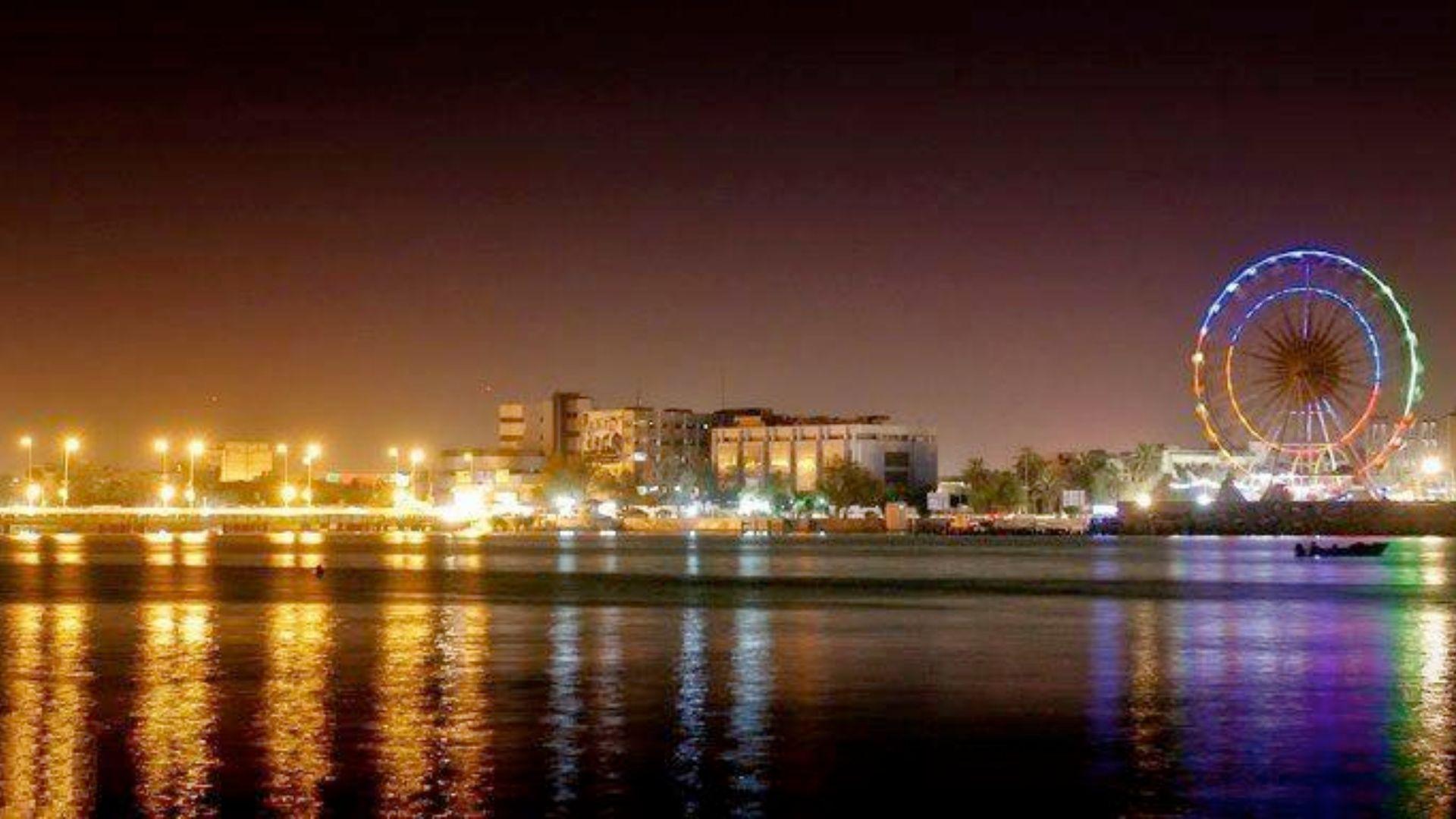
Basra, situated along the Shatt al-Arab River in Iraq, is highly susceptible to flooding. This situation is also increasingly dire due to the city’s gradual sinking. As sea levels continue to rise, Basra faces the alarming prospect of being partially or even fully submerged by 2030. The city’s vulnerability is intensified by its location near the Persian Gulf and the surrounding marshlands.
The combined effects of rising sea levels and the city’s sinking ground pose severe challenges for Basra’s future. With its critical infrastructure and residential areas at risk, there is an urgent need for comprehensive flood management strategies that will mitigate the impact of these environmental changes and safeguard the city from potential submersion.
Manila, Philippines
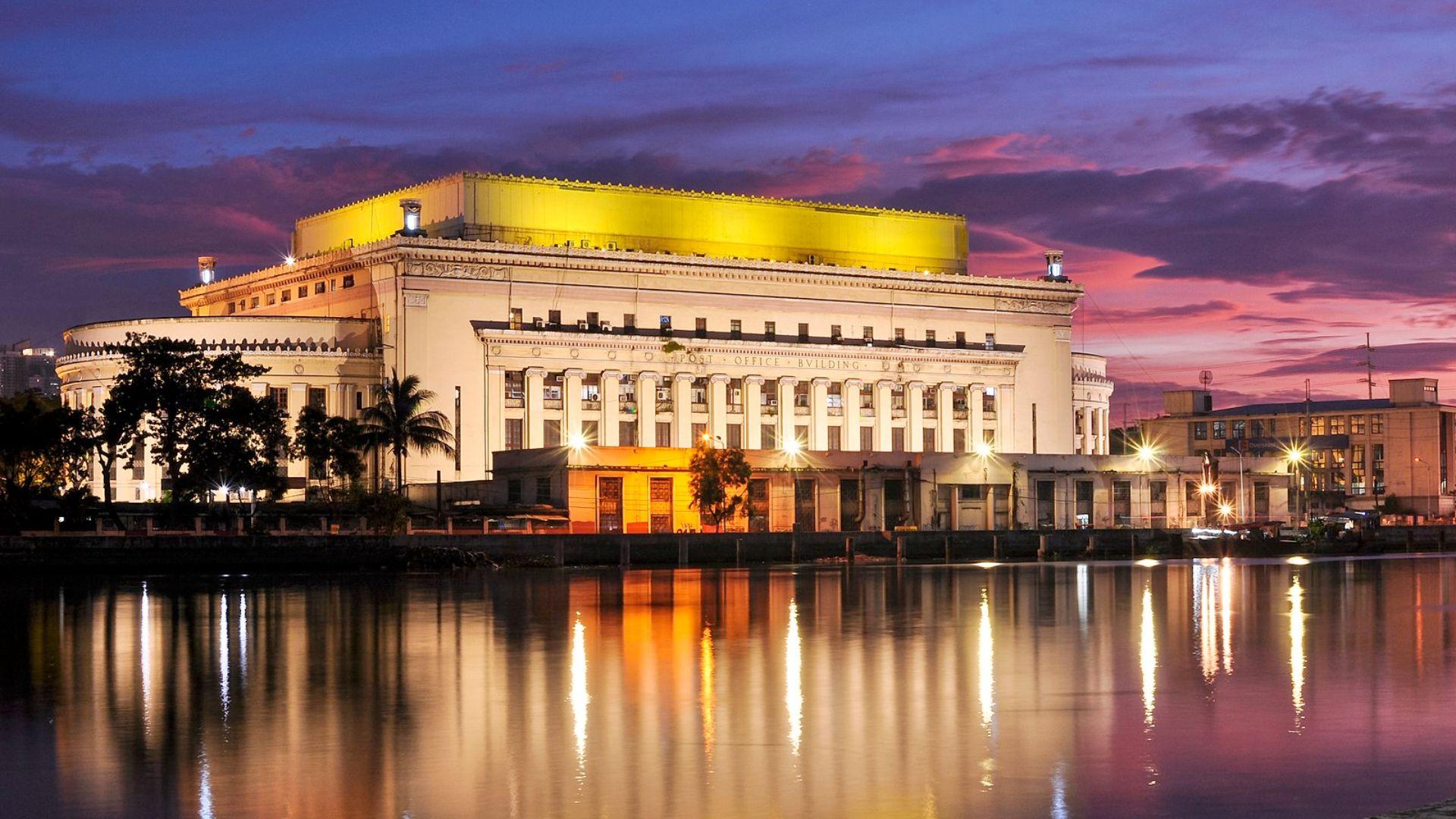
Manila is facing significant challenges due to its rapid urban expansion combined with rising sea levels, placing it among the most at-risk cities in Asia. If current climate change trends continue, substantial portions of the city may be submerged by 2030. This could have profound implications, affecting millions of its residents and potentially leading to severe economic repercussions for the nation.
These are just some of the cities facing the pressing global crisis as rising sea levels threaten to submerge them. Urgent action is essential to protect these in-danger areas from disaster. Though the future looks uncertain, there’s still an opportunity to take steps that can ensure that these urban centers and their inhabitants are not disrupted by the severe effects of climate change.

